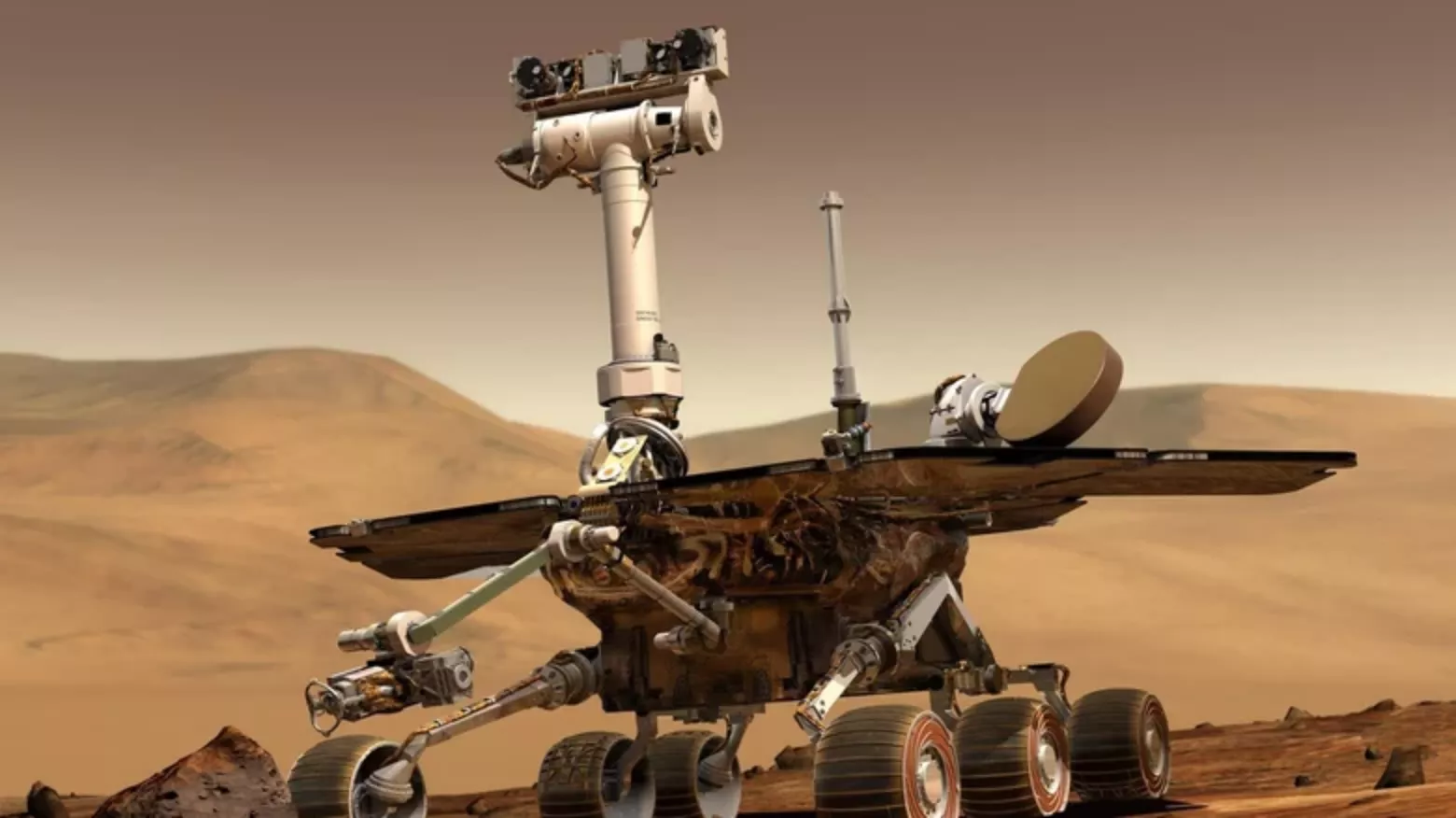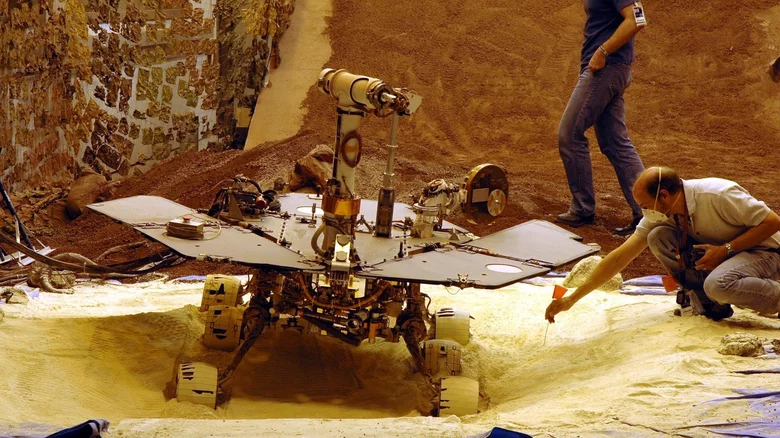Perseverance and curiosity, the small helicopter ingenuity, the lander insight, the Mars Odyssey and the Mars Reconnaissance Orbiter all reconnaissance the red planet in 2022.

Although they are human eyes and ears on Mars, they are not the first to do these things. According to NASA's historical log, the agency has sent more than 20 missions to Mars.
After Pathfinder, the first Rover to land on Mars in 1997, the spirit and opportunity Rovers came on stage. No one knows that when they landed on Mars in 2004, the pair will exceed all expectations and set a record that still exists today.
Although the lifetimes of spirit and opportunity both exceeded the planned 90 day mission, the latter maintained the longest roaming mission record on Mars, and it was amazing that they worked under extreme conditions for 15 years. In addition, it has set a record for the most mileage on the red planet. In addition to its impressive survival and driving skills, opportunity also excelled in scientific work. NASA points out that it has found evidence that Mars was rich in water in the past and that conditions on Mars can sustain microbial life.
The agency listed some reasons why opportunity withstood all the challenges on Mars, including its tough structure and its ability to stay warm on extremely cold nights. However, nothing is eternal. Opportunity sent its final signal on June 10, 2018. This incredible mission is over because the rover is submerged in a violent and relentless dust storm covering the red planet. With the batteries running out and the sun no longer charging, the Rover found its final resting place in what NASA calls the perseverance valley. The emotional loss caused by the death of opportunity is cruel, but considering the success of the mission, it is nothing compared with the situation faced by NASA engineers when designing and building Rover.
How did NASA build opportunity and land it on Mars

Steve Squyres, a planetary scientist at Cornell University and a principal researcher on opportunity, told National Geographic that the miracle is not that opportunity has lived for 15 years, but that it can reach Florida before the launch date. "The timetable we face is to try to do something we've never done before. It's too cruel," Squyres explained
After proposing a ten-year Mars Rover Mission to NASA, the team that will build opportunity finally obtained the approval of NASA in early 2000. However, their planned construction time was 48 months, while NASA only gave them 34 months. As National Geographic reported, Peter theisinger, the project manager, was assigned to manage the tight schedule. The team began to get busy in a way of full participation, running 24 hours a day, seven days a week. "We have to put everything together at once," Trosper said NASA engineers are also reinventing the air bag landing system used by Pathfinder.
After flying more than 300 miles into deep space, opportunity reached Mars - and then it had to land. NASA described the landing on the red planet as "six minutes of terror". Opportunity flew at 12000mph, and the atmosphere slowed it down to 1000mph. After 100 seconds of free fall, the parachute opened, and then the speed of opportunity decreased to 200mp. Just six seconds before the impact, when it was about 300 feet from the ground, the rocket was launched remotely. Opportunity then expanded its air bag to complete the buffer landing. It was the first of many difficult and bright days ahead for the rover. Jennifer Trosper, JPL's deputy project manager, said: "I'm sorry to see opportunity leave; it's always good to have it there. It's still driving around, like 'Wow, that's really good'."